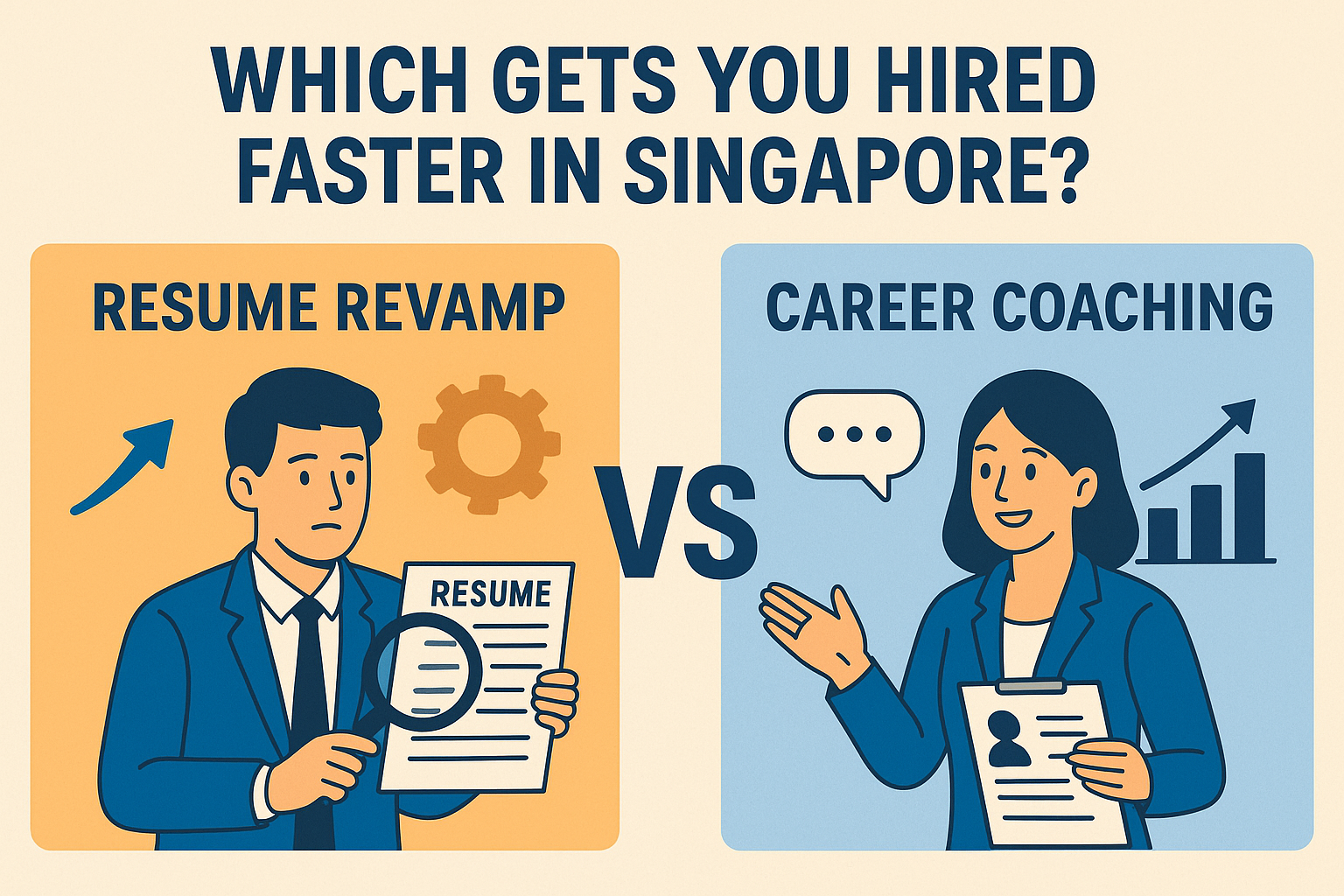Workplace anxiety is a rising concern in today’s fast-paced professional landscape. It can diminish productivity, strain relationships, and lead to burnout if unaddressed. Managing workplace anxiety is not just about personal well-being—it’s about fostering a healthier and more supportive work environment.
Table of Contents
What is Workplace Anxiety?
Workplace anxiety is the stress, fear, or unease triggered by job-related situations. From tight deadlines and performance reviews to interpersonal conflicts and job insecurity, many factors can contribute. While occasional stress is normal, persistent anxiety disrupts focus, impacts physical health, and lowers job satisfaction.
Signs You May Be Experiencing Workplace Anxiety

Recognizing the signs early can prevent anxiety from escalating. Look out for:
- Constant worry about meeting deadlines or achieving targets
- Difficulty concentrating or making decisions
- Physical symptoms like headaches, fatigue, or a racing heart
- Avoidance of meetings or team interactions
- Overthinking work even during personal time
If these resonate, it’s essential to take proactive steps.
What Causes Workplace Anxiety?
Several factors may contribute to workplace anxiety:
1. High Expectations:
Unrealistic goals or heavy workloads
2. Lack of Control:
Feeling powerless in decision-making processes
3. Toxic Work Environment:
Negative colleagues or micromanaging leaders
4. Fear of Failure:
Perfectionism or fear of criticism
5. Uncertainty:
Job insecurity or unclear expectations
Understanding these triggers is the first step to addressing them effectively.
How to Address Workplace Anxiety: 7 Actionable Strategies

1. Practice Mindfulness at Work
Mindfulness helps you stay present and reduces overwhelming thoughts.
Action Tip:
Dedicate 5–10 minutes daily to mindfulness breathing exercises. During high-stress moments, pause, take deep breaths, and refocus.
2. Organize and Prioritize Tasks
Breaking down tasks into manageable steps reduces overwhelm.
Action Tip:
Use tools like the Eisenhower Matrix to prioritize tasks based on urgency and importance.
3. Set Healthy Boundaries
Clear boundaries between work and personal life reduce stress.
Action Tip:
Establish a strict cut-off time for work-related activities. Clearly communicate your availability to colleagues.
4. Seek Support
Sharing your struggles can provide relief and new perspectives.
Action Tip:
Reach out to a mentor, trusted colleague, or counselor. Check if your workplace offers mental health resources or employee assistance programs.
5. Reframe Negative Thoughts
Anxiety often stems from a cycle of negative thinking.
Action Tip:
Challenge unhelpful thoughts with logic: “What’s the worst that could happen?” Replace negativity with constructive reasoning.
6. Focus on Physical Well-Being
A healthy body supports a resilient mind.
Action Tip:
Maintain regular exercise, a balanced diet, and sufficient sleep. These habits reduce stress hormones and elevate mood.
7. Advocate for Workplace Changes
If your workplace contributes to your anxiety, address the issues constructively.
Action Tip:
Propose practical solutions to your manager, like flexible hours, mental health workshops, or better communication systems.
When to Seek Professional Help
If workplace anxiety persists despite your efforts, consider consulting a mental health professional. Therapy or coaching can equip you with personalized strategies to navigate anxiety effectively.
Key Takeaways

Workplace anxiety is manageable with the right mindset and tools. By recognizing its signs, addressing its causes, and implementing actionable strategies, you can reclaim your well-being and productivity. Start today by practicing mindfulness, setting boundaries, and seeking support—it’s the first step toward creating a healthier work-life balance.
#WorkplaceAnxiety #MentalHealth #StressManagement #WorkplaceWellness #LeadershipDevelopment #ProductivityTips #AnxietyAwareness









0 Comments